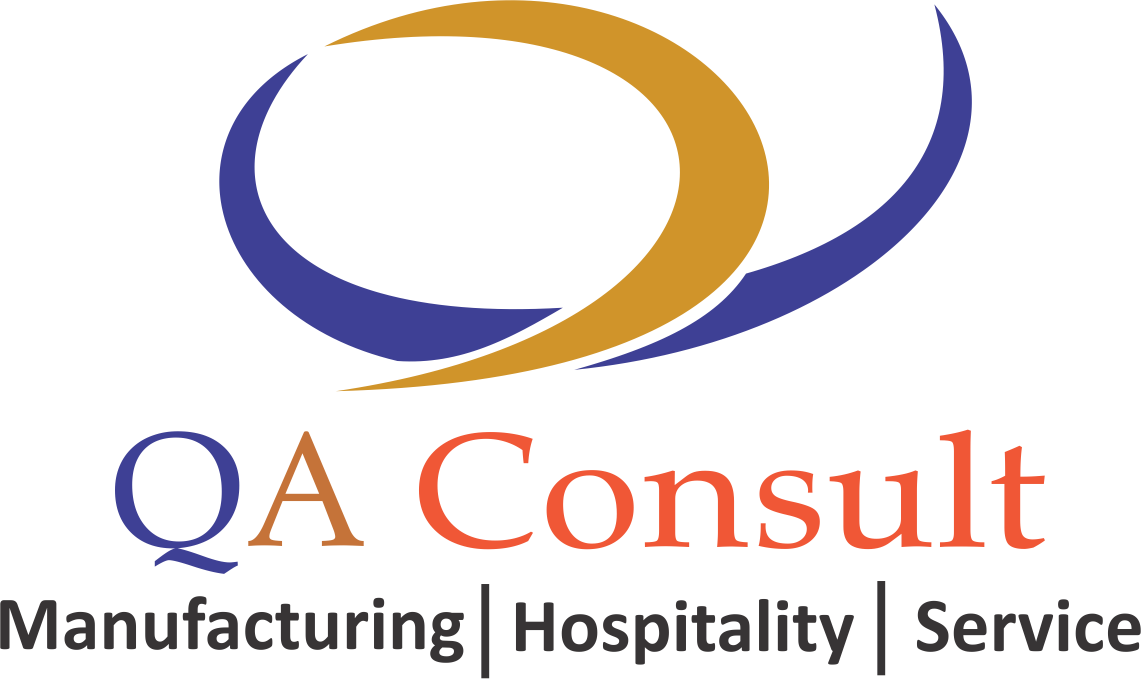Cost of Poor Quality
Quality is an output of a process that has an inbuilt system of preventive activities along the value chain right from the sourcing of all input materials through processing until consumers can identify with it. Many companies have lost out because of the shambolic manner they treated the subject of quality and the service industry cannot be left out.
Cost of Quality
It is not irrational to want to know what you gain in the long run when you think of investing money and time into a project. When it comes to quality, many do not actually focus on calculating the cost of the investment and what they gain out of it.
Armand Feigenbaum, a quality control expert and businessman devised the concept of Total Quality Control which later inspired Total Quality Management. In Feigenbaum’s model for Cost of Quality (CoQ), he split quality costs into four main areas. He called the first, Prevention Costs; this is the money spent on preventing issues from occurring such as training, creation of standards, quality plans, quality manuals, coaching on the job on quality principles and their applications etc.
He termed the second cost of quality Appraisal Costs; this refers to the money spent on undertaking physical checks on products. It also includes money spent on auditing products and systems. The third cost of quality is Internal Failure Costs; this Dr. Feigenbaum explains it as costs incurred when a failure occurs in house.
This cost may come in various forms including scraps, rework, time spent in replacing product, time spent in sorting good products from bad ones. By extension the amount of time spent on repairing equipment which does not have a very good quality maintenance regime.
The last cost of quality as described by this quality guru is External Failure Costs; these would usually cover everything from warranty costs to lost business.
Balancing the Scales
The danger in doing business in such a society is, a serious quality issue may be going unnoticed until such a time it gets really out of hand. When that time comes a single lawsuit from an informed consumer would be enough to take the business down beyond resurrection.
In balancing the scales, the minimum mandatory standards must always be kept. Spending money on prevention is the best option to take because that decision is capable of ensuring the business does not get into issues of internal and even external failures.
By the way, most experienced businessmen will know that, the amount of money you spend repairing a damaged situation can be several times higher than the cost of preventing that damage from occurring in the first place. So then, what could keep a manufacturer from holding on to money when the quality systems that is supposed to enhance production suffers?
Greed and lack of understanding of the principles that govern manufacturing, first of which is quality. I have mentioned this in one of my articles before and would like to reiterate; once Ghanaians have over the years learnt to go to the courts on every little constitutional matter, they will soon find the same passion to take businesses to court if they supply substandard products, and I see many companies not surviving such an era.
The Virtual Deception
If you are surprised at this mentality, then you may be one of the few who really appreciate the benefits of establishing a standard quality management system for your operations. On the other hand, implementing an effective quality management system ensures the problems do not come up in the first place.
Spending money to maintain the system may seem unreasonable because you do not ‘perceive’ the issues any longer. The result of this can be very expensive when defective products slip through to customers and consumers. The amount of energy and resources you will have to allocate for a product recall can be so huge, it can threaten the very existence of the business.
Benefits of Establishing an Effective Quality Management System
Once data on these are kept, it is clear how spending ahead lowers the cost of poor quality. Numerous research has shown that establishing an effective management system increases profit and reduces costs by up to 4.8%. This obviously should encourage the business community to embrace such a system.
In a study conducted by the Harvard Business School, adopting ISO 9001 had numerous benefits. These benefits ranged from higher rates of survival, increased sales, growth in employment, increased wages, less waste through to improved worker productivity.
It is often said that, if you think education is expensive, try ignorance. I dare say, that if you think quality is expensive try poor quality. It may not be always easy to predict your return on investment when investing in quality, but you can always be sure, that investing money to ensure quality is embedded in your processes and hence your product is certainly worth it.
Johnson Opoku-Boateng is the CEO & Lead Consultant, QA CONSULT (Consultants and Trainers in Quality Assurance, Health & Safety, Environmental Management systems, Manufacturing Excellence and Food Safety). He is also a consumer safety advocate and helps businesses with regulatory affairs. He can be reached on +233209996002, email: johnson@qaconsultgh.com.
Related Services
The Hungry Potbelly – bringing nutrition to the fore as a nation!
The Hungry Potbelly – bringing nutrition to the fore as a nation! As part of the long-term vision set out in Agenda 2063, the Assembly of Heads of State and Government of the African Union has adopted common African aspirations, drawing on the potential of its...
Silent Consumer Carelines – A major setback for industries
Silent Consumer Carelines – A major setback for industriesMohammed bin Rashid Al Maktoum wrote in his book “My Vision” (Challenges in the Race for Excellence) that “Anyone visiting the city realizes from touchdown that Dubai is exclusive and different. Because Dubai’s...
Industry & Consumer Information with Johnson Opoku-Boateng: Rising from complacency
Industry & Consumer Information with Johnson Opoku-Boateng: Rising from complacencyThe Case of Successful Small Business“Expansion and modernisation of the nation’s productive plant is essential to accelerate economic growth and improve the international...
Get In Touch
HEAD OFFICE
Aviation Highway , East Airport ( Spintex)
Landmark: Endpoint Homeopathic clinic



